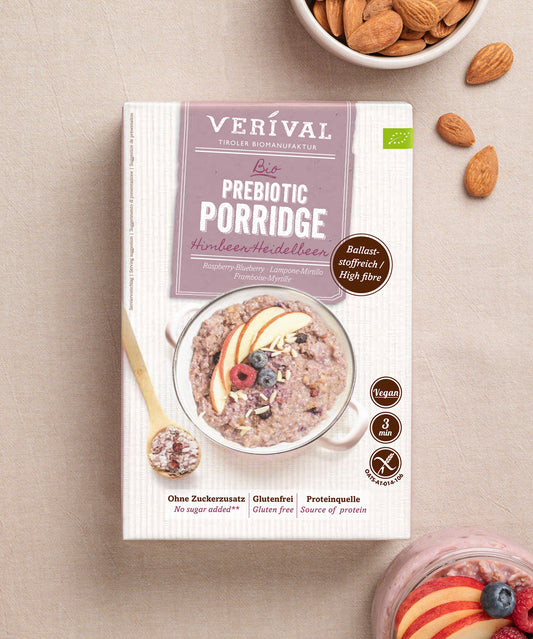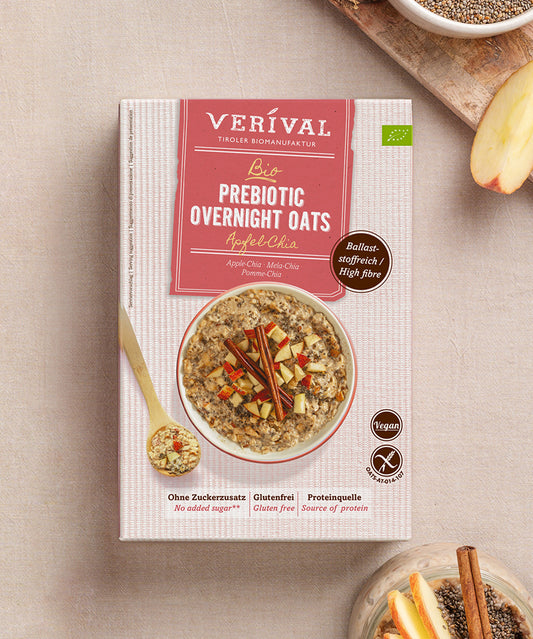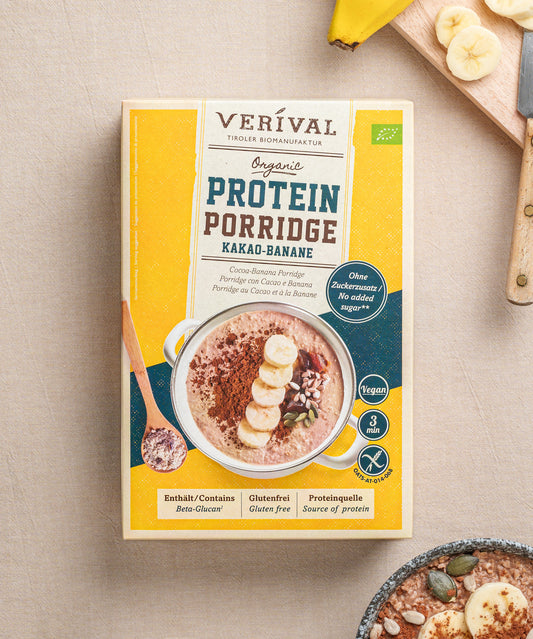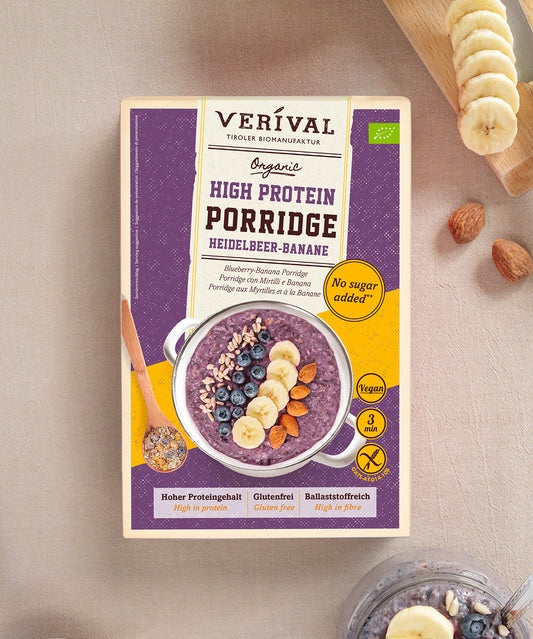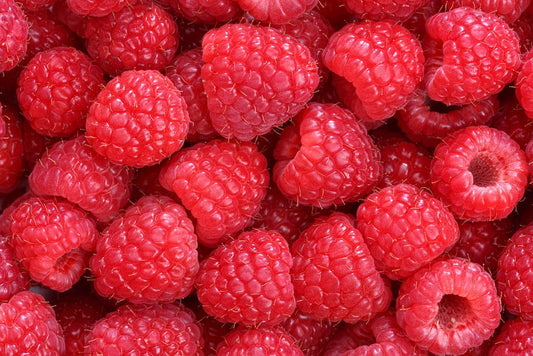Nowadays, people are increasingly allergic to food. This can be attributed to many different factors. It is often said in this context that people have simply become hypersensitive. This is not true. The methods for detecting allergies or intolerances have improved considerably, as have the treatments. All these things did not exist in the past, which is why it may be misleading to conclude that humanity has simply become more sensitive. Today, we are dispelling various myths surrounding intolerances and allergies so that you can enjoy our breakfast in peace.
Discover the Verival breakfast here
However, thanks to these advanced methods, it is now possible to determine quite precisely what is wrong with a person or what they should better not eat or drink. But first, let's clarify the difference between an allergy and an intolerance.
What is the difference between an allergy and an intolerance?
An allergy means that the body always triggers a reaction, regardless of the amount of the substance. This can cause itching or a rash, among other things – and more severe allergies can also cause abdominal pain and nausea. In the most severe cases, it can even be life-threatening, causing what is known as anaphylactic shock. In most cases, sufferers have to avoid the food that causes the reaction for the rest of their lives.
In the case of intolerance, on the other hand, it depends on the amount of the substance that you consume. So it may be that you notice nothing with small amounts, but with increased consumption, you may experience symptoms similar to those of an allergy. Be warned: even small amounts can cause a reaction.
What allergies and intolerances are there?
In general, it can be said that the most common complaints are intolerances. Allergies are usually more severe than intolerances, although the latter can also be very unpleasant. Food allergies usually involve nuts, shellfish and soybeans. In these cases, the body reacts violently to proteins that are actually harmless. The allergy itself usually develops in childhood and remains for life.
There are two particularly common intolerances: lactose intolerance and gluten intolerance, also known as coeliac disease. Also often on the list of intolerances: very acidic fruits such as citrus fruits or tomatoes, but also chocolate, ice cream or sweets. Just as often, there is an intolerance to very fatty foods and spices such as pepper or mustard.
Lactose intolerance – symptoms and effects
Lactose intolerance is extremely common. Many people suffer from it, especially in the western world. But what exactly is lactose? What are the symptoms of lactose intolerance? And why do so many people suffer from this intolerance?
For many experts, it is obvious: in fact, all humans have an intolerance to cow's milk. It contains substances that the body simply cannot process. That is why many people feel bloated or have a stomach ache after consuming dairy products. Lactose is milk sugar – and if the body cannot break down lactose, it is said to be lactose intolerant. In most cases, the symptoms occur about an hour after consuming products containing lactose.
There are two different types of lactose intolerance: primary and secondary lactose intolerance. Primary lactose intolerance is an inherited intolerance that usually manifests itself in adulthood, as the body loses the ability to break down lactose with age. The second type is acquired intolerance.
The therapy for lactose intolerance is very simple – you have to avoid foods containing lactose. For those who do not want to do without milk and dairy products despite their intolerance, there is now a wide range of lactose-free products. But how do you get the lactose out of the dairy product? The way it works is that the enzyme lactase is added to the milk products during production. This enzyme takes over the function of the small intestine and breaks down the lactose into the simple sugars glucose and galactose. Incidentally, this also explains why lactose-free milk tastes sweeter than conventional milk. This is because glucose and galactose are much sweeter than lactose.
Thanks to the growing popularity of veganism in recent years, there is also a growing range of plant-based milk alternatives such as oat, almond, coconut or rice drinks, which of course also do not contain any lactose and can therefore be consumed by people who suffer from lactose intolerance without any concerns. We will also show you how you can easily make plant-based drinks yourself.
Coeliac disease – gluten intolerance
Coeliac disease or gluten intolerance is the second most common condition in humans. Gluten is a protein that cannot be properly absorbed and broken down by the body. Coeliac disease is a mixture of allergy or intolerance and autoimmune disease. It is an immune reaction of the intestine that subsequently becomes chronic inflammation.
The symptoms of gluten intolerance range from constipation to bloating, diarrhoea or cramps. Gluten is found in many different types of grain, such as wheat and rye, but also barley and spelt. Any products that contain even the tiniest component of a gluten-containing grain should be strictly avoided by those with an intolerance – this is the only form of therapy that can prevent further damage to the intestines.
For milder forms of intolerance, a period of limited consumption can help. As a rule of thumb, this is usually considered to be 1-2 years. After this time, sufferers can often tolerate small amounts of gluten again.
Discover gluten-free breakfasts from Verival
If you feel that you suffer more often from discomfort after eating certain foods, you could try to avoid them. However, before you make any major changes to your diet, you should still consult a doctor you trust.
I'm affected – what now?
A food intolerance is not a death sentence. Due to the increasing number of people affected, it is becoming easier and easier to find foods that fit even a very individual diet. Going without doesn't always mean suffering. There are many lactose-free alternatives and just as many gluten-free options – even if you sometimes have to look a little harder for them.
For many people, avoiding cow's milk or products containing gluten can seem difficult, especially at breakfast, but there are many different options available for this important meal. A large proportion of our breakfast products, for example, are gluten-free. You can find these and breakfast products for other intolerances in just a few clicks using the filter function in our online shop.





